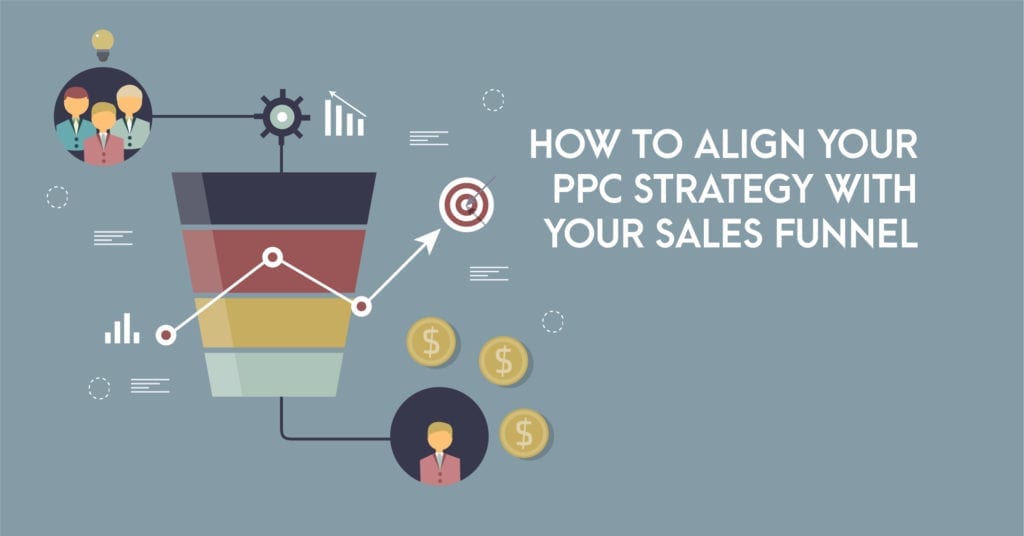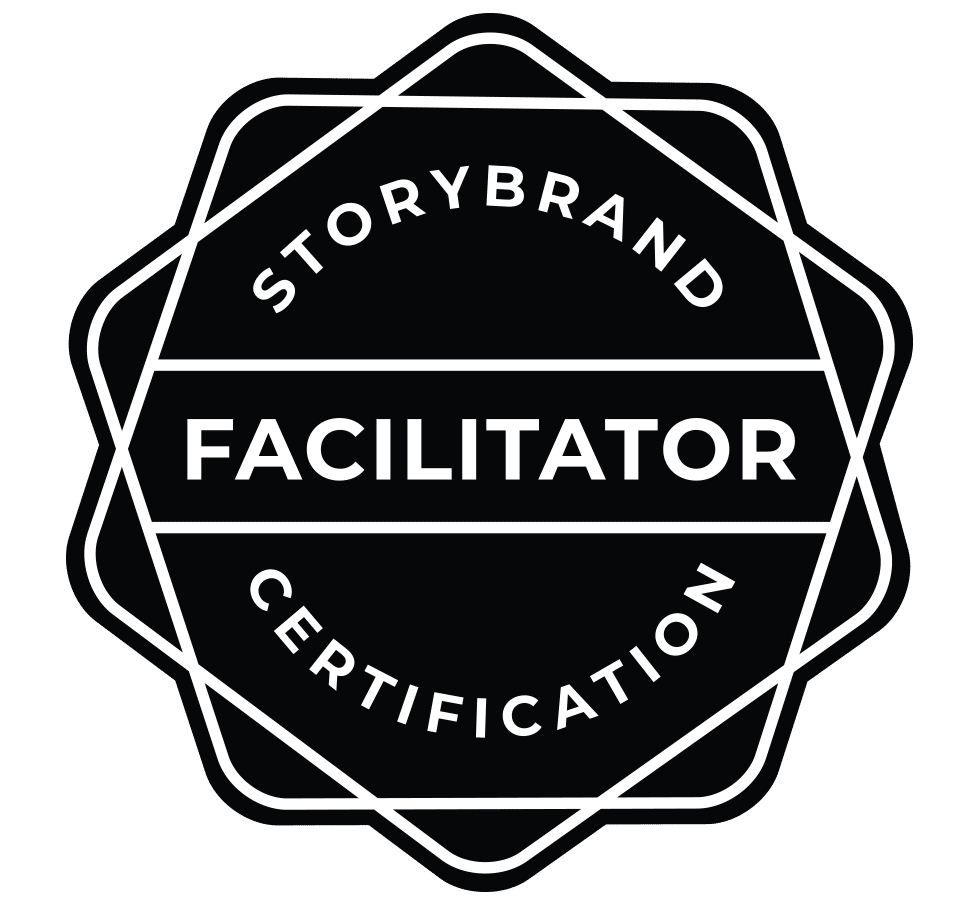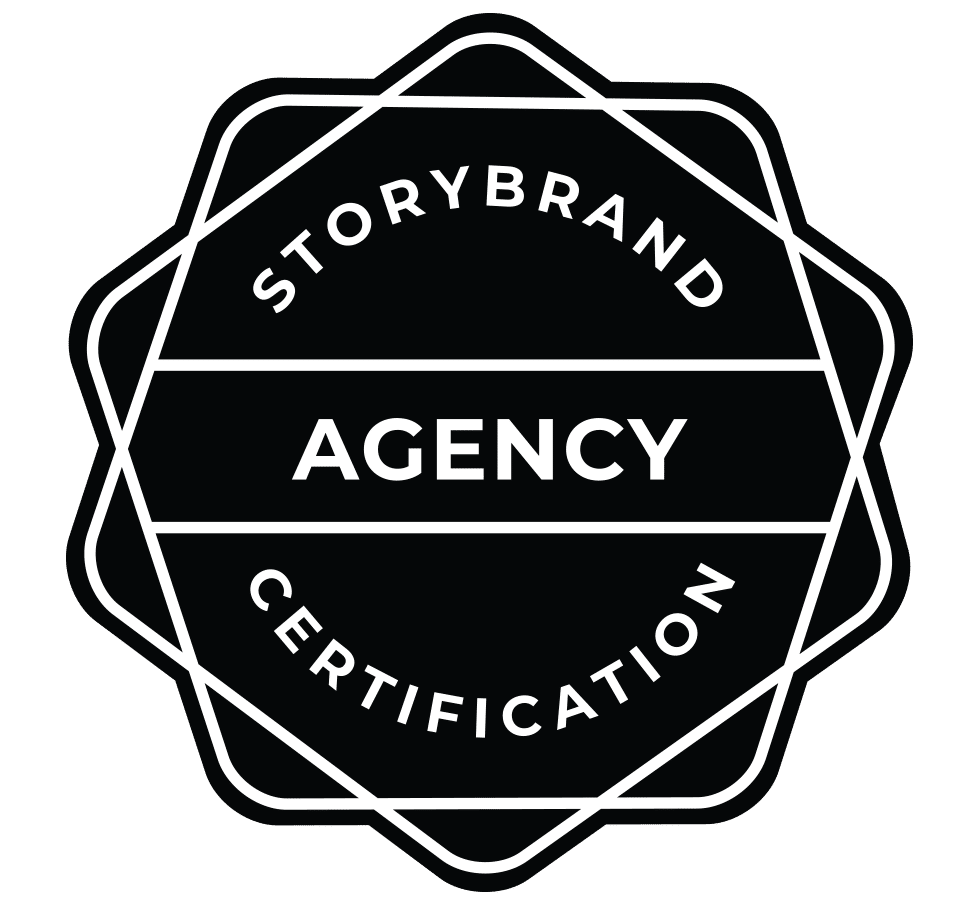It’s time.
And by “It’s time,” I mean it’s time to stop thinking about your Pay Per Click (PPC) strategy as a single strategy that encompasses your entire sales funnel. My goal today is to show you how to build out a killer campaign strategy that works with the individual stages of the sales funnel. Along with your newfound campaign mastery, I’ll also give you the keys to what you should be monitoring to measure campaign success for each level.
Sounds great, right? Awesome. Let’s get started.
The Sales Funnel
I’m not going to go into super detail explaining the levels of a sales funnel, but know that your marketing strategy should be all about guiding a potential customer from awareness to action.
Top of the Funnel PPC Strategy (TOFU)
When putting together your PPC strategy for campaigns at the top of your sales funnel, you need to understand that TOFU is all about awareness. These are people or businesses that are unaware of your product and service, and the goals of the campaigns here are branding and education. You need to make sure you have landing pages within your website that are built specifically to handle this.
So How Do You Create Awareness?
Let’s cover some of the strategies for doing just that:
- TOFU Search Campaigns – Google search campaigns are the primary component of almost every PPC strategy. Users searching while in the awareness phase will often search with less intent, non-branded terms, and more exploratory phrases.
- Google Display Ads – The targeting for these are often broad, using either topic or keyword targeting methods. Giving away some free value/information here is a great strategy. Ex: E-books, whitepapers, landing them on an appropriate blog post, etc.
- YouTube Video Ads – Running video ads is easily one of the best ways to generate brand awareness and do a little educating at the same time. I suggest running interest-targeting or in-market audiences. Running pre-roll (thru-view) ads, with lengths of above 30 seconds. That’s because, if someone skips your ad before 30 seconds elapses, you aren’t charged for the view. Not bad!
What to measure in the TOFU:
Remember! The top of the funnel is about brand awareness and education, so your success metrics or key performance indicators (KPIs) will revolve around people getting to know you:
- Time spent on site
- Bounce rate
- Overall reach/views
- CPM (cost per thousand views)
Middle of the Funnel PPC Strategy (MOFU)
The middle of the funnel is where people begin to “think” about their decision. This is also sometimes called the desire stage, where people begin narrowing down their list for the product or service they are looking for. They realize they have a need and will begin to show interest or start considering their options. The consumer wants to know more about these options so they feel they are making an educated choice.
What Works for the MOFU?
Here’s where the consumer becomes a little more clear in what they are looking for. Instead of just a “lawn service,” maybe they are now searching for “lawn aeration services” or “lawn fertilization companies.” They have gone from a broad exploratory phase to something a little more niche.
Marketing strategies for the middle of the funnel:
- PPC Search Ads – These become more important at this stage. People are no longer searching for “How to grow flowers”; they are now searching “How to grow roses in Florida.” You can immediately begin to see the shift in consumer mentality between the top and middle levels. Your MOFU search campaign needs to include more qualifying terms in your campaign/ad groups.
- Display Ads – Begin using more precise targeting like custom affinity targeting or custom intent audiences. Your ad imagery and calls to action (CTA) should be more aligned with the more specific terms being used by users.
- Remarketing Ads – If you don’t know what they are, we’ll cover these in more depth in an upcoming article, but the quick version is: You visit a website and the next thing you know, ads for the product or company are now following you everywhere. You can create these remarketing lists based off of a number of things:
- Website visitors
- Video viewers
- People who have performed a certain action on your website
- Visitors that have spent a minimum amount of time on your website
- & More
- CTA examples: Find Out More, Learn More, Get More Information
Some PPC strategy KPIs to measure in the middle:
- Number of clicks
- Cost Per Click (CPC)
- Views (if you are running video ads)
- Measuring newsletter sign-ups
- New visitors performing a certain action on your website
- Conversions from new users
Bottom of the Funnel PPC Strategy (BOFU)
“We started from the top, now we’re here!” (Sorry Drake, I did a little improv). We have made it to the bottom of the funnel. Here, your potential customers have a pretty clear vision of what they want and are in the mood to purchase.
So how do we convert these coveted users to customers?
PPC strategies for the bottom:
- Search Campaigns – High intent search campaigns have keywords that include the following words: Contact, Buy, Request a Quote, Price of, Call, Estimate, etc. These include all contact and purchase-related terms.
- Branded Search Campaign – People here have done their research, and thanks to your efforts in the top and middle, they are familiar with your brand and trust you. They’ll now search for specific products or services like “Phone number for Jim’s Lawn Service” or “Buy new Apple MacBook Pro.”
- Google Shopping Ads – Here, just like the two items above, you can target people who are searching with a clear purchasing intent.
- Defined Remarketing – This is where you can create remarketing ads and lists based off of last products viewed, if they abandoned their shopping cart, or maybe they made it to your “Get a Quote” page and left without filling out your form.
The metrics that are important at the bottom:
Here, success is very clearly defined, and should be clearly monitored just like the previous two stages:
- E-comm transactions
- Total or gross revenue
- Return on Ad Spend (ROAS)
- Sales volume
- And last but not least… ROI (Return on Investment)
- CTAs include: Buy Now, Sign Up Today, and incentives, promotions, etc.
Where to Go Now
Obviously the answer is going to be slightly different for each of you, depending on your company’s size, needs, and budget. You need to start with identifying customer personas and what their journey looks like through each part of the funnel.
When you understand what your clients are thinking and feeling as they navigate your funnel, you will know what to deliver to them and where to help them through that process. Having your marketing acting like an ever-present guide to help them solve their problem is what it’s all about.
How you start on this project of alignment is going to depend on several factors. If your business is established in your niche and has more budget, then you can explore a more thorough mix from the top to the bottom.
Have a newer company with a limited budget? Then focusing on a solid BOFU strategy upfront is going to give you more bang for your buck.
The key to any of these is to constantly measure, review, and optimize your campaigns. Focus on the important metrics and not useless “vanity” metrics that don’t actually contribute to measuring campaign success.
As a business owner, it’s up to you to really understand your client’s journey through the funnel in order to be successful at marketing to them. Knowing that people in different parts of that journey need to see and hear things differently is key to making sure your PPC strategy works hard and effectively for you.
If you feel lost, don’t worry. At Business Builders, we’re here to help. We can help define what that journey looks like, craft your story, and establish you as a trustworthy guide through the funnel for your potential customers. Coming up with a clear PPC strategy can be confusing, but we can help simplify it.
Contact us today for a free marketing review video of your current website and get actionable advice from our team of experts!









